Home>Gardening & Outdoor>Landscaping Ideas>How To Use Fresh Lemongrass
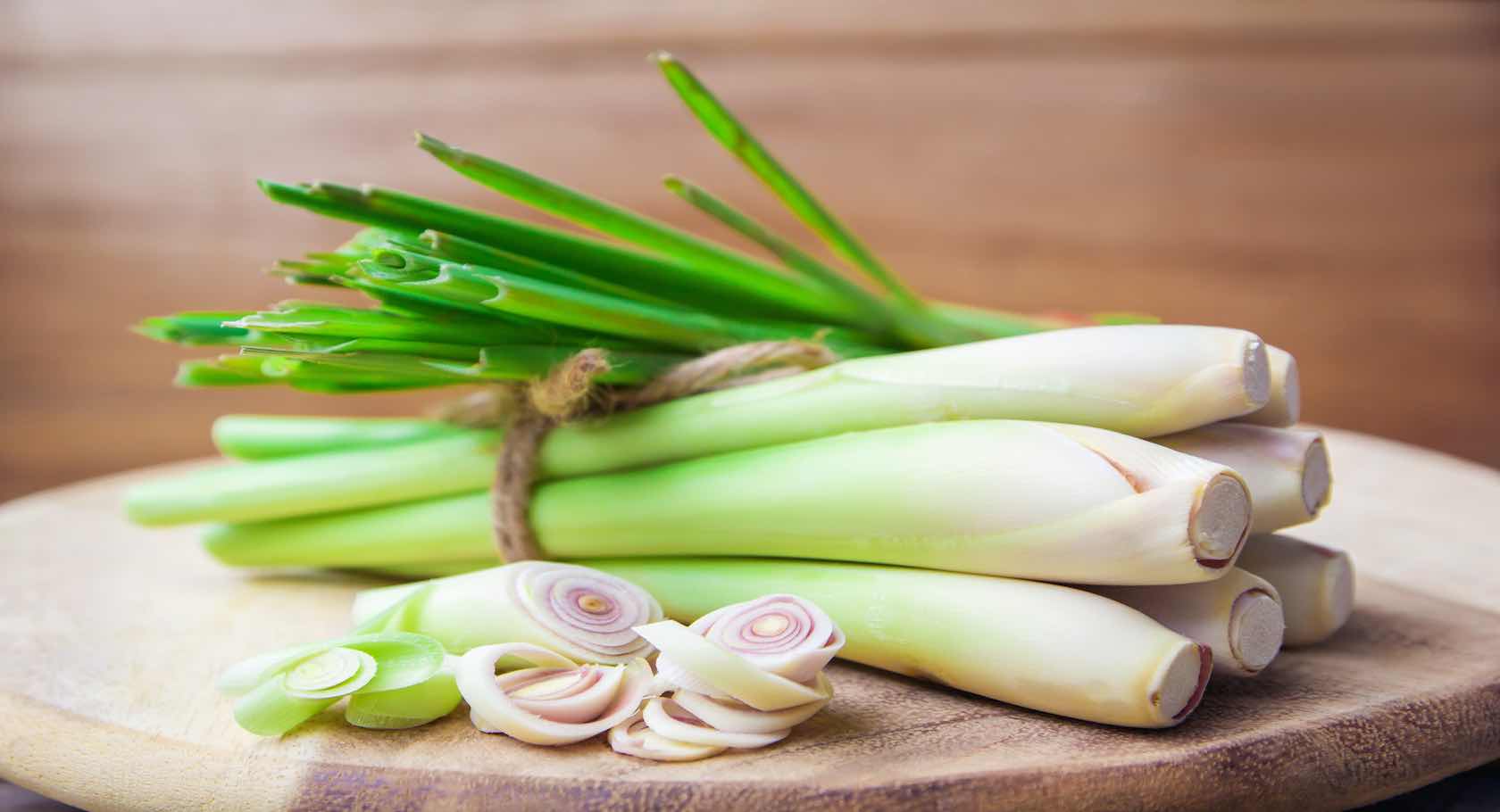

Landscaping Ideas
How To Use Fresh Lemongrass
Modified: February 17, 2024
Learn how to incorporate fresh lemongrass into your landscaping ideas for a vibrant and aromatic outdoor space. Discover tips and tricks for using lemongrass to enhance your garden design.
(Many of the links in this article redirect to a specific reviewed product. Your purchase of these products through affiliate links helps to generate commission for Storables.com, at no extra cost. Learn more)
Introduction
Welcome to the refreshing world of lemongrass! If you’re a culinary enthusiast or a lover of aromatic flavors, you’re in for a treat. Lemongrass, a staple in Southeast Asian cuisine, is renowned for its citrusy, lemony aroma and flavor. This versatile herb isn’t just a delight for the taste buds; it also offers a range of health benefits. In this guide, we’ll explore the wonders of fresh lemongrass, from understanding its unique properties to mastering the art of incorporating it into your cooking.
Whether you’re a seasoned chef or an amateur cook, learning about fresh lemongrass can elevate your dishes to new heights. From its vibrant fragrance to its potential health perks, this herb has much to offer. Join us as we embark on a journey through the world of fresh lemongrass, uncovering its secrets and discovering how to harness its full potential in your culinary adventures.
Key Takeaways:
- Lemongrass is a versatile herb with a citrusy flavor and aroma, offering health benefits and enhancing dishes. It can be stored in the fridge or freezer and prepared by bruising, chopping, or infusing.
- Fresh lemongrass can be used to infuse broths, enhance soups and curries, marinate meats and seafood, and even experiment with baking and desserts. Its invigorating essence adds a refreshing twist to culinary creations.
Read more: How To Store Fresh Lemongrass
What is Lemongrass?
Lemongrass, scientifically known as Cymbopogon citratus, is a perennial plant with a distinct lemony flavor and aroma. It is a common ingredient in Asian cuisines, particularly in Thai, Vietnamese, and Indonesian dishes. This herbaceous plant belongs to the grass family and is characterized by its tall, slender stalks and long, blade-like leaves. The essential oils present in lemongrass contribute to its unique citrus scent and flavor, making it a popular choice for adding a zesty, refreshing twist to various recipes.
Beyond its culinary uses, lemongrass has been valued for its medicinal properties for centuries. It is known for its potential to promote digestion, alleviate stress, and even act as a natural insect repellent. The presence of citral, a compound responsible for the herb’s distinctive aroma, also lends it antibacterial and antifungal properties, making it a valuable addition to traditional medicine practices.
When it comes to cultivation, lemongrass thrives in tropical and subtropical climates, where it can be found growing abundantly. It is revered for its resilience and adaptability, often flourishing in a variety of soil types. With its robust growth and low maintenance requirements, lemongrass is a favorite among home gardeners and culinary enthusiasts alike.
With its delightful fragrance and a myriad of potential health benefits, lemongrass has secured its place as a beloved ingredient in kitchens and herbal remedies around the world. Its versatility and distinct flavor make it a valuable addition to any cook’s repertoire, offering a burst of citrusy freshness to an array of culinary creations.
Buying and Storing Fresh Lemongrass
When purchasing fresh lemongrass, look for firm, pale green stalks with a slight hint of yellow at the base. Avoid any that appear dry, withered, or have blemishes. The aroma should be strong and citrusy, indicative of its freshness. You can usually find lemongrass in the produce section of well-stocked grocery stores or at local Asian markets.
Once you’ve acquired your fresh lemongrass, proper storage is essential to maintain its flavor and integrity. To extend its shelf life, you can store whole stalks in the refrigerator. Simply place them in a resealable plastic bag or wrap them in a damp paper towel, then store them in the vegetable crisper. When stored this way, fresh lemongrass can remain viable for up to two weeks.
If you have excess lemongrass or want to keep it for an extended period, consider freezing it. To do so, trim off the leafy top and any dry or woody parts. Then, cut the stalks into manageable lengths and place them in an airtight container or freezer bag. Stored in the freezer, lemongrass can maintain its quality for several months, allowing you to have this delightful herb on hand whenever inspiration strikes.
When it comes to using frozen lemongrass, there’s no need to thaw it before incorporating it into your recipes. Simply slice or grate the frozen stalks as needed, and they will infuse your dishes with their vibrant flavor. Whether fresh or frozen, having lemongrass readily available ensures that you can effortlessly incorporate its citrusy essence into your culinary creations at any time.
To use fresh lemongrass, remove the tough outer layers and finely chop the tender inner stalks. Add to soups, curries, marinades, or teas for a citrusy flavor.
Preparing Fresh Lemongrass
Before using fresh lemongrass in your recipes, it’s essential to prepare it properly to unleash its delightful flavor. Start by removing any dry or woody outer layers from the stalks. Then, trim off the upper and lower ends, leaving behind the tender, pale yellow or pale green core. This core is the part that holds the most flavor and aroma.
Once you’ve trimmed the lemongrass, you have several options for preparing it, depending on your recipe. For dishes that require a subtle lemongrass flavor, you can simply bruise the stalks by lightly crushing them with the flat side of a knife or a kitchen mallet. This releases the essential oils and flavors without overpowering the dish.
If your recipe calls for a more intense lemongrass essence, consider finely slicing or mincing the prepared stalks. To make this process easier, you can first slice the stalks into manageable pieces and then use a sharp knife to finely chop them. Alternatively, you can use a mortar and pestle to pound the sliced lemongrass into a paste, further intensifying its flavor and aroma.
Another popular method for incorporating lemongrass into recipes is to infuse it into liquids, such as broths, soups, or teas. To achieve this, you can bruise or chop the lemongrass and add it directly to the liquid during cooking, allowing its citrusy essence to permeate the dish. This technique is particularly effective in creating aromatic and flavorful culinary creations.
By properly preparing fresh lemongrass, you can harness its vibrant citrus flavor and aroma, elevating your dishes with a delightful zing. Whether you choose to bruise, chop, or infuse it, this versatile herb has the potential to transform your culinary creations into fragrant and flavorful masterpieces.
Cooking with Fresh Lemongrass
When it comes to cooking with fresh lemongrass, the possibilities are as diverse as its citrusy flavor. This versatile herb can be used to add a refreshing twist to an array of dishes, from soups and curries to marinades and beverages. Here are some creative ways to incorporate fresh lemongrass into your culinary endeavors:
- Infusing Flavors: Lemongrass can infuse broths, sauces, and marinades with its delightful citrus essence. Simply bruise or chop the lemongrass and add it to your cooking liquids to impart a refreshing flavor.
- Enhancing Soups and Curries: The aromatic quality of lemongrass makes it a perfect addition to soups, curries, and stews. Whether you’re preparing a classic Tom Yum soup or a fragrant Thai curry, lemongrass can elevate the dish with its zesty notes.
- Marinating Meats and Seafood: Create vibrant marinades for meats and seafood by incorporating lemongrass. Its citrusy profile pairs well with a variety of proteins, adding a unique and refreshing dimension to your dishes.
- Beverage Infusions: Lemongrass can be used to infuse teas, cocktails, and mocktails with its bright, lemony flavor. Whether you’re crafting a soothing herbal tea or a refreshing summer beverage, lemongrass can lend its invigorating essence to your drinks.
- Baking and Desserts: Experiment with incorporating lemongrass into baked goods and desserts. From cakes and cookies to custards and sorbets, this herb can introduce a surprising and delightful citrus undertone to your sweet creations.
When cooking with lemongrass, it’s important to tailor its preparation to the specific dish you’re creating. Whether you choose to bruise, chop, or infuse it, the goal is to extract its vibrant citrus flavor and aroma, enhancing your culinary creations with a refreshing and zesty twist.
By exploring the diverse ways to cook with fresh lemongrass, you can infuse your dishes with its invigorating essence, creating culinary delights that tantalize the taste buds and awaken the senses.
Conclusion
As we conclude our exploration of fresh lemongrass, we’ve delved into the vibrant world of this citrusy herb, uncovering its unique properties and versatile applications. From its origins in Southeast Asia to its widespread use in culinary and medicinal practices, lemongrass has secured its place as a beloved ingredient with a myriad of benefits.
Throughout this guide, we’ve learned that selecting and storing fresh lemongrass is essential for preserving its flavor and integrity. Whether refrigerating whole stalks or freezing excess quantities, proper storage ensures that you can harness its vibrant essence whenever inspiration strikes.
Preparing fresh lemongrass requires attention to detail, from removing the outer layers to deciding whether to bruise, chop, or infuse it. Each method unlocks a different facet of its citrusy flavor, allowing you to tailor its essence to your culinary creations.
When it comes to cooking with fresh lemongrass, the possibilities are as diverse as its citrusy aroma. Whether infusing broths, enhancing soups and curries, marinating meats and seafood, or experimenting with beverage infusions and desserts, lemongrass can elevate your dishes with its refreshing and zesty notes.
As you embark on your culinary adventures with fresh lemongrass, remember that its aromatic and citrusy qualities have the potential to transform your dishes into fragrant and flavorful masterpieces. Whether you’re a seasoned chef or an enthusiastic home cook, incorporating lemongrass into your recipes can add a delightful twist that tantalizes the taste buds and invigorates the senses.
So, the next time you’re in the kitchen, consider reaching for fresh lemongrass to infuse your dishes with its invigorating essence. Embrace its citrusy charm and let it transport you to the vibrant culinary landscapes of Southeast Asia, where the refreshing aroma of lemongrass enlivens the senses and creates unforgettable dining experiences.
With its delightful fragrance and a myriad of potential health benefits, lemongrass has secured its place as a beloved ingredient in kitchens and herbal remedies around the world. Its versatility and distinct flavor make it a valuable addition to any cook’s repertoire, offering a burst of citrusy freshness to an array of culinary creations.
Frequently Asked Questions about How To Use Fresh Lemongrass
Was this page helpful?
At Storables.com, we guarantee accurate and reliable information. Our content, validated by Expert Board Contributors, is crafted following stringent Editorial Policies. We're committed to providing you with well-researched, expert-backed insights for all your informational needs.
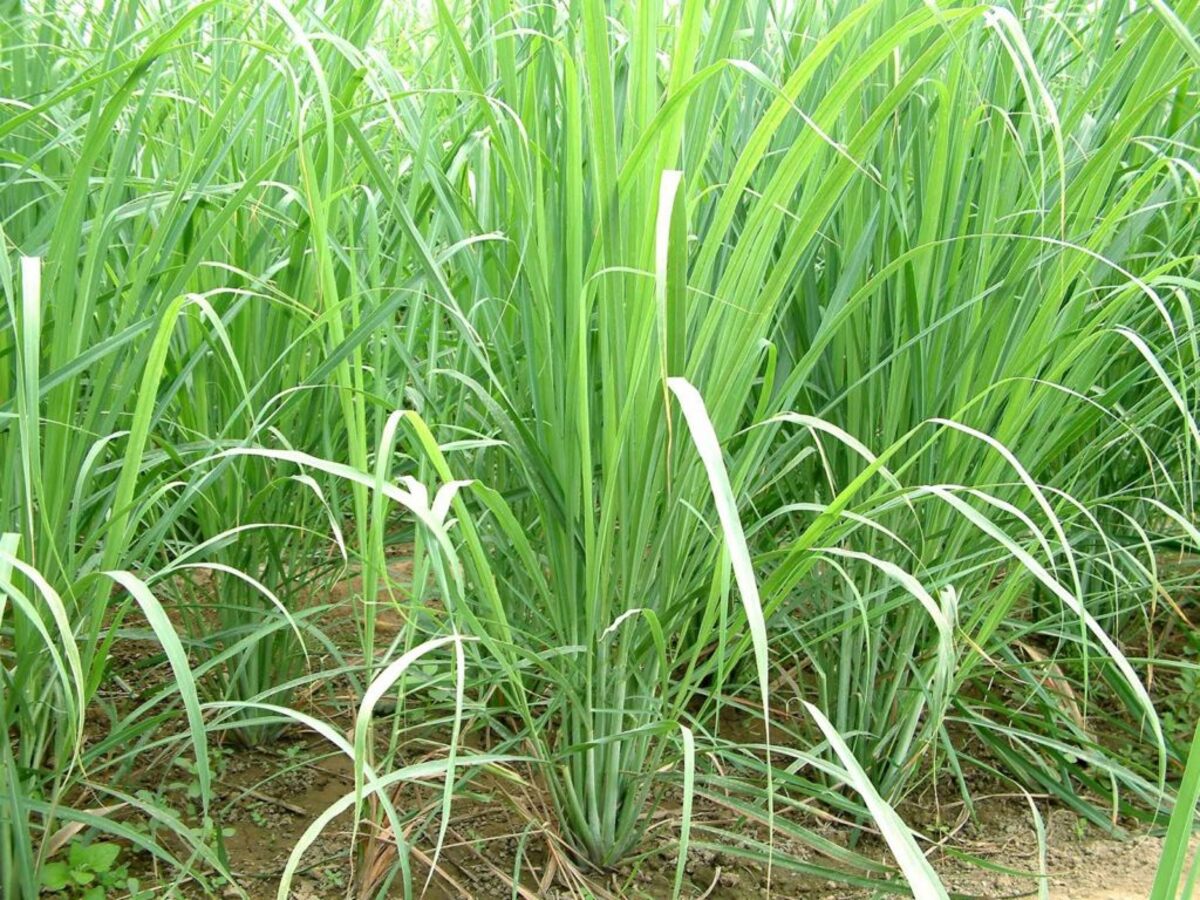
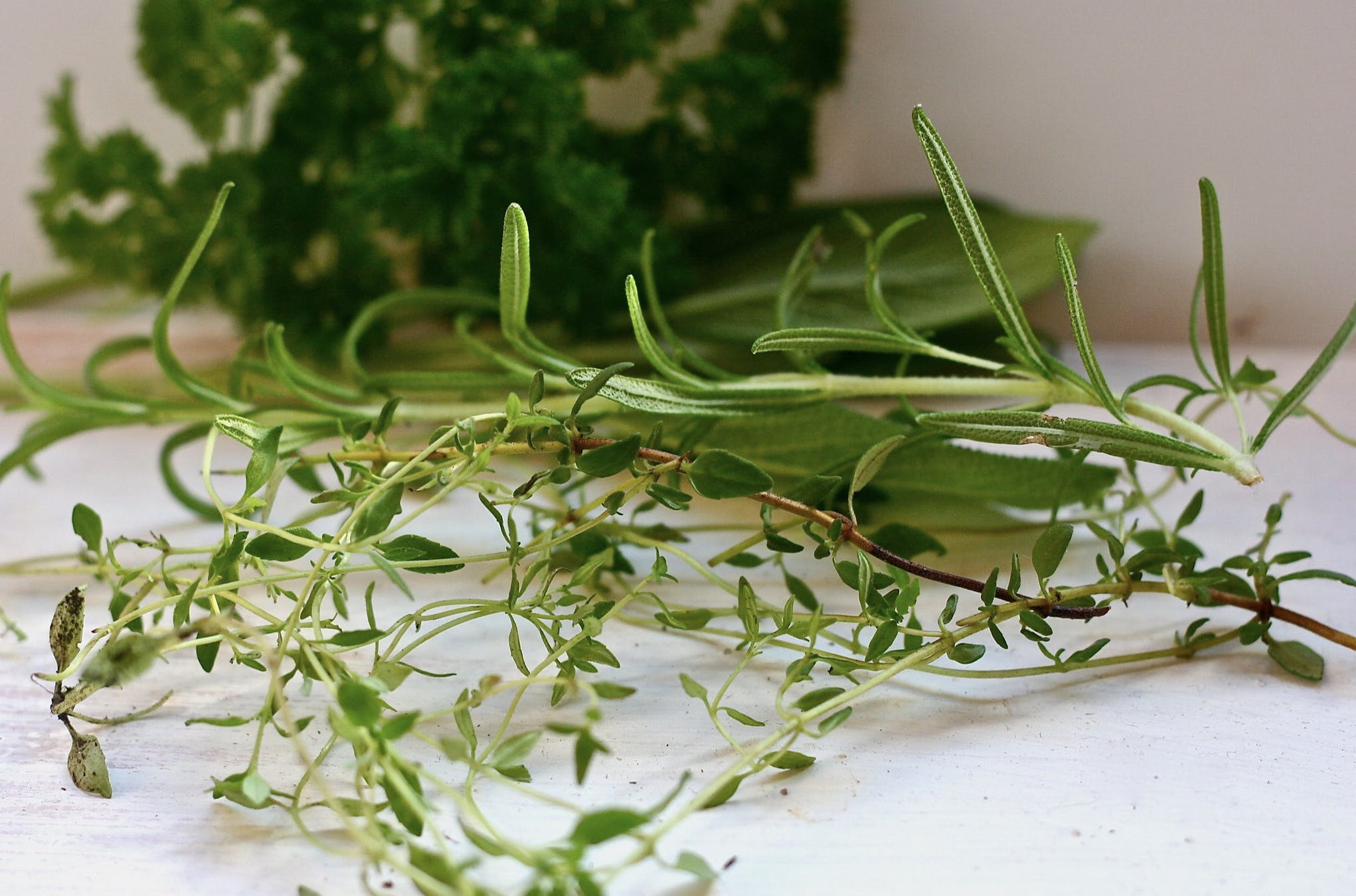
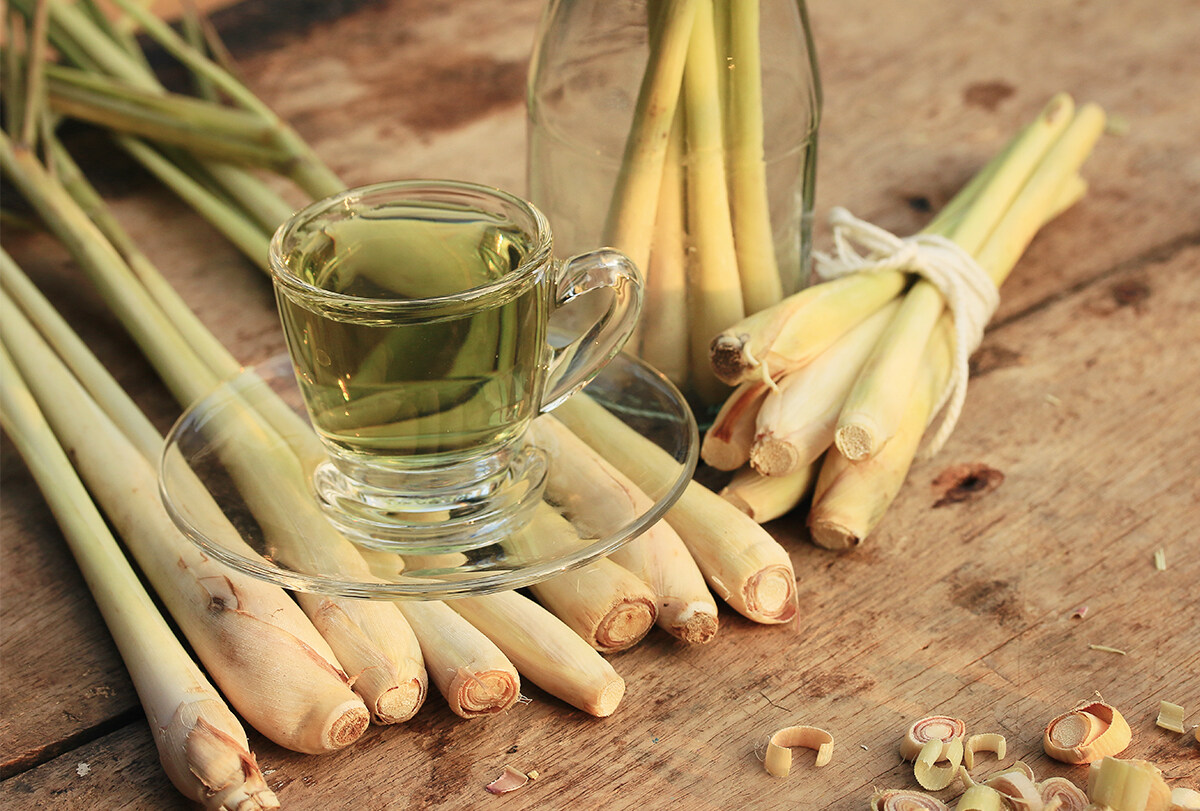
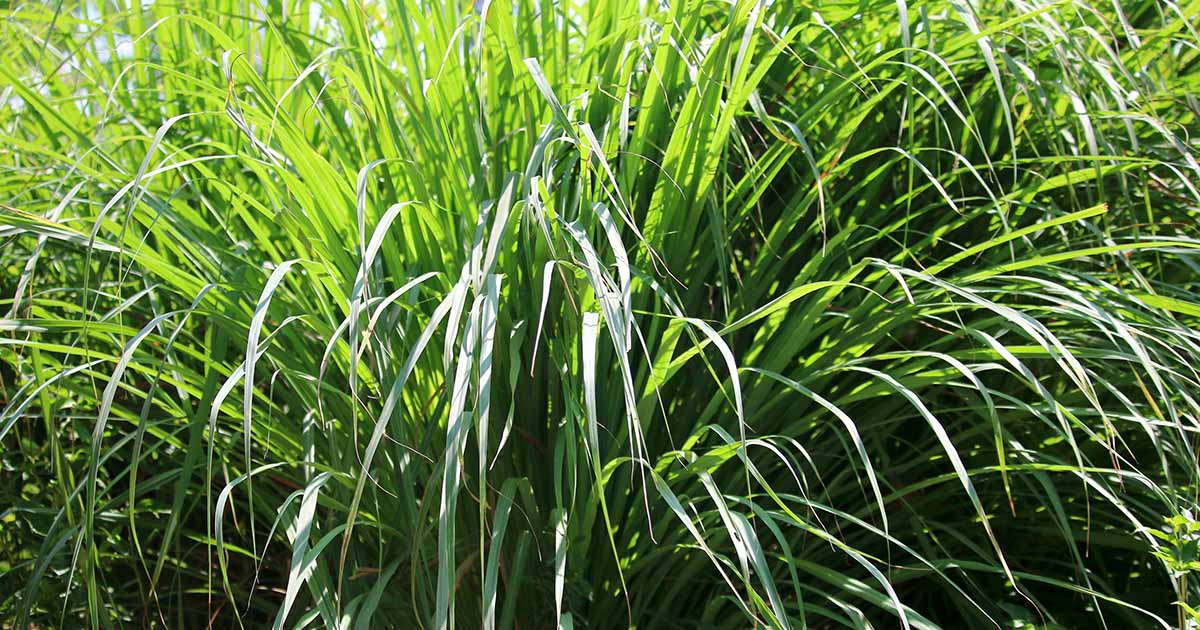
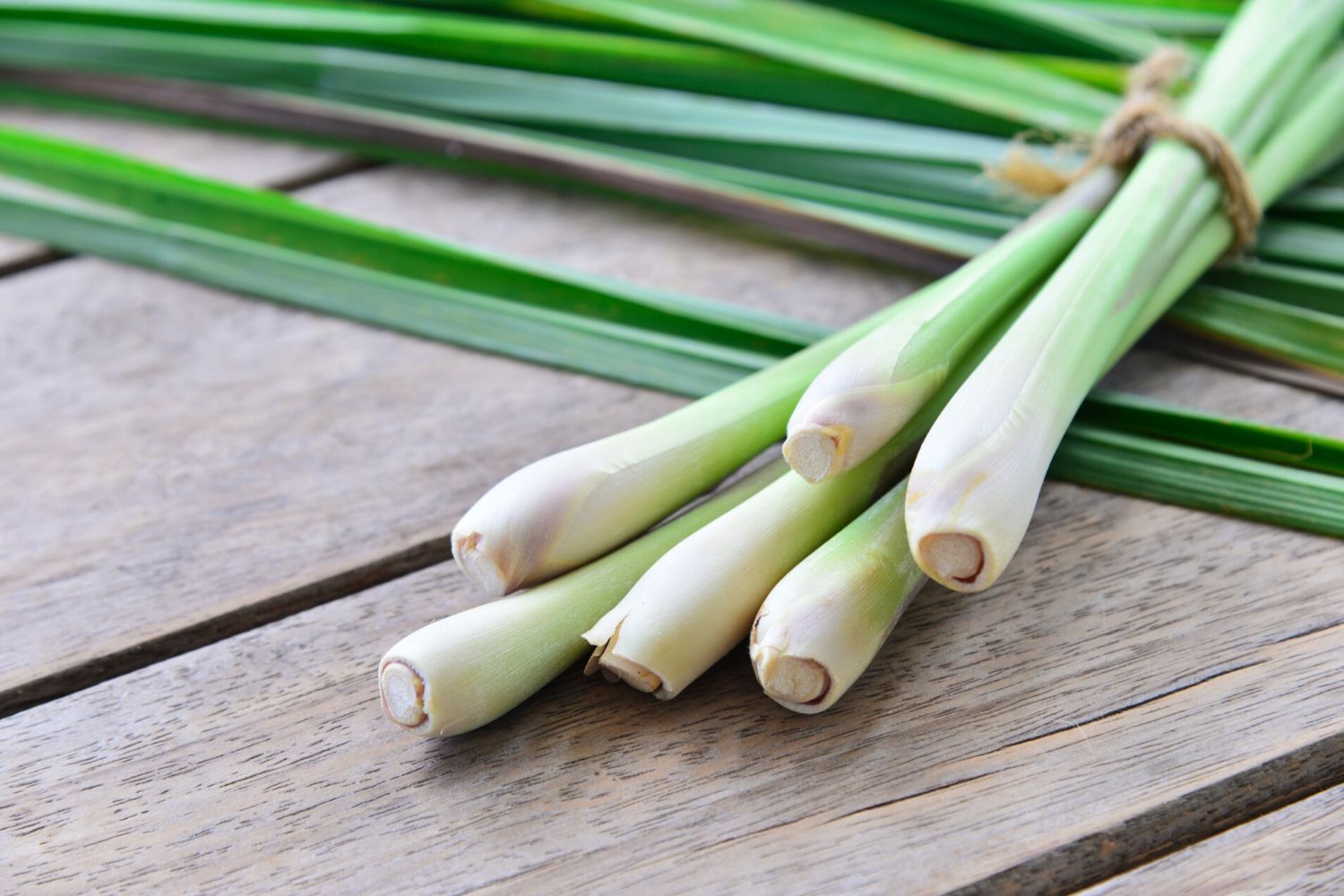
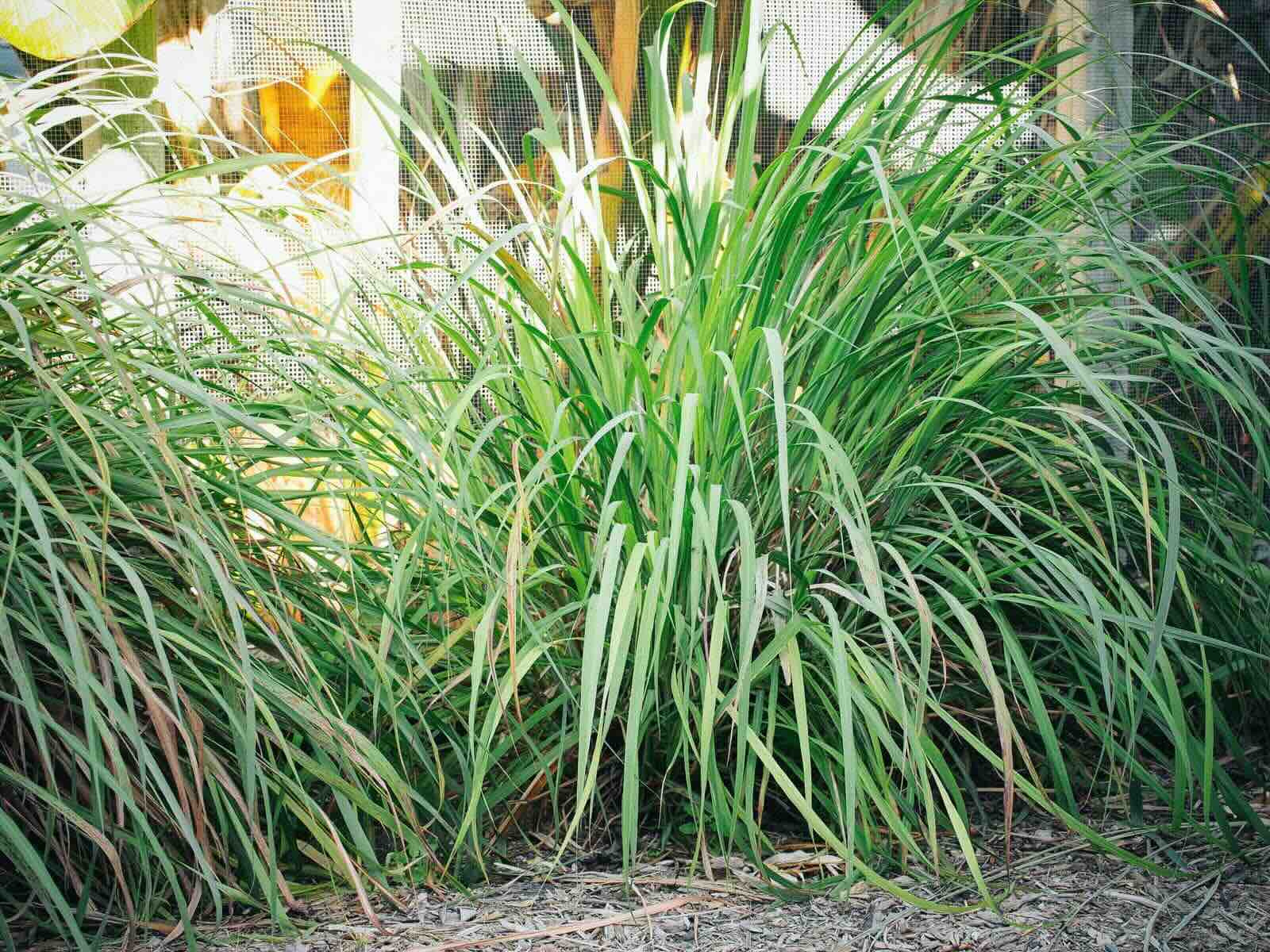
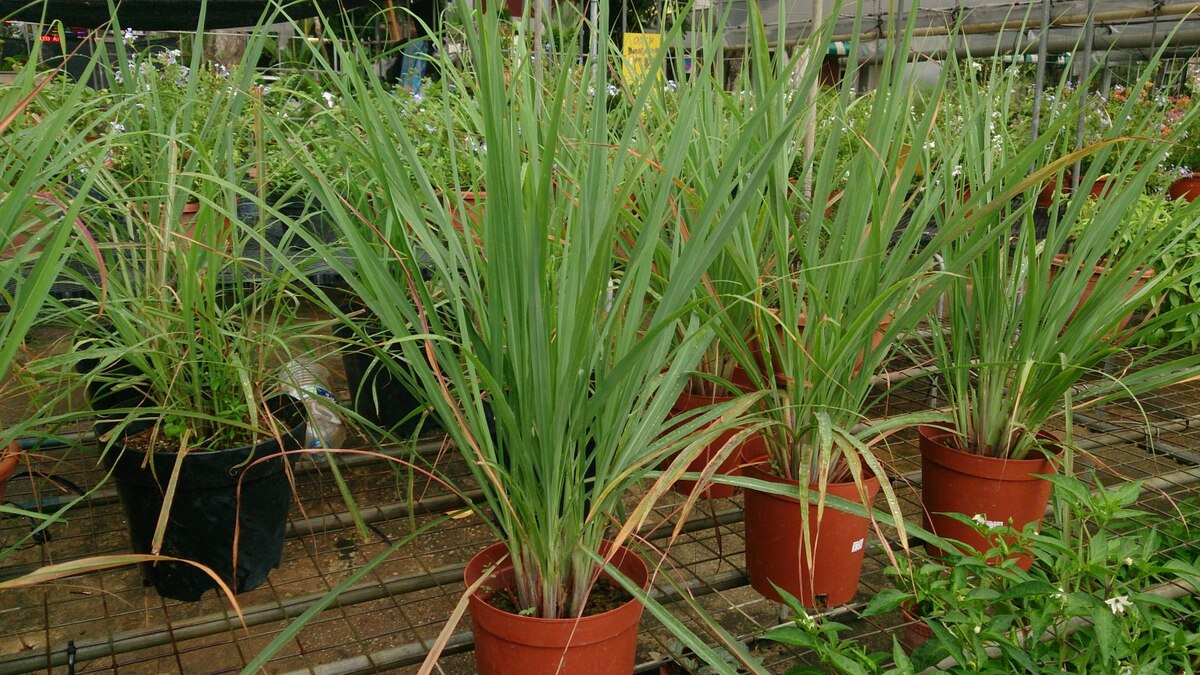
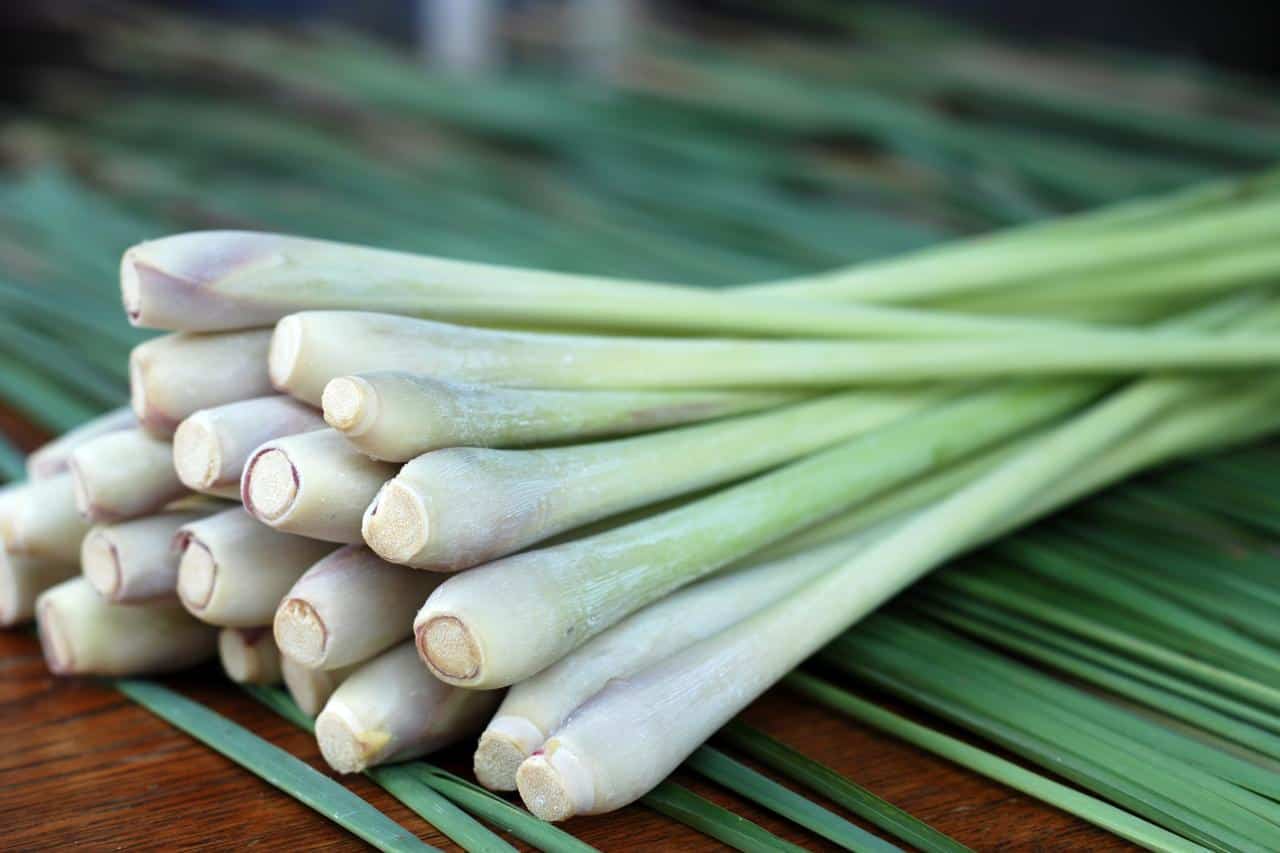
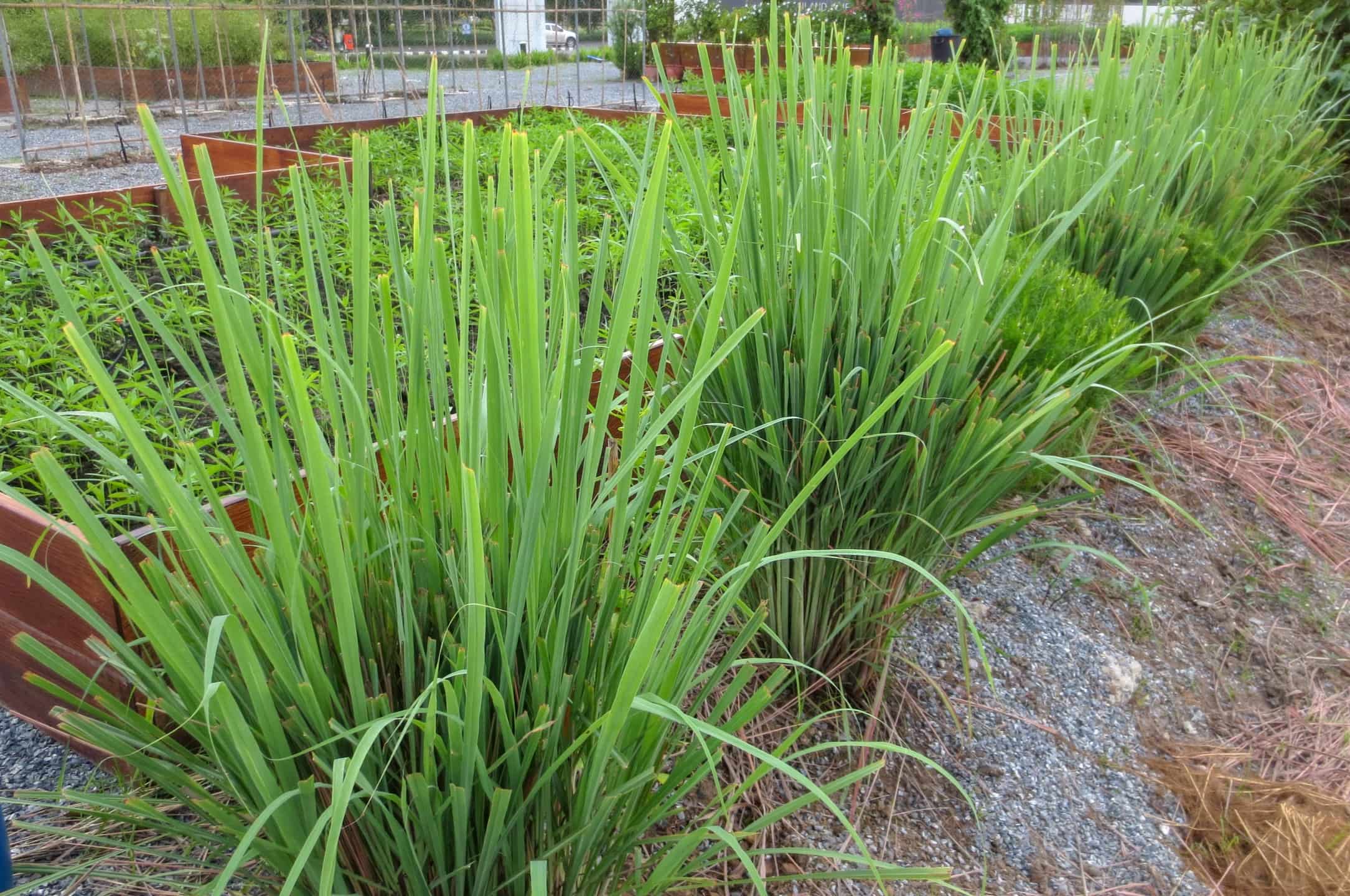
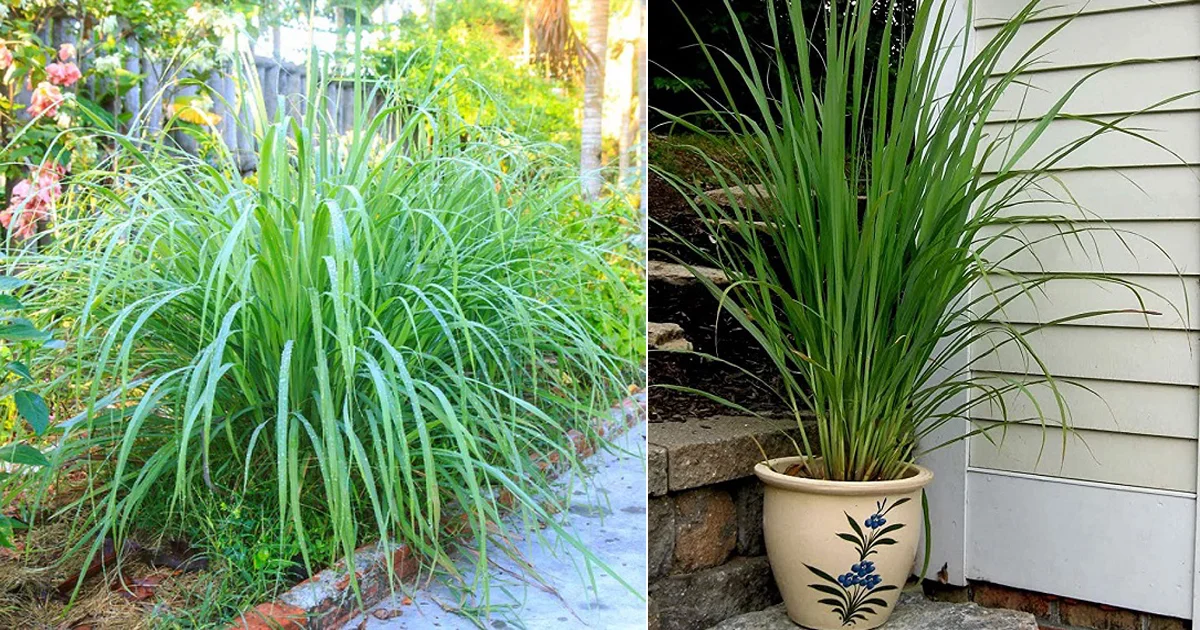
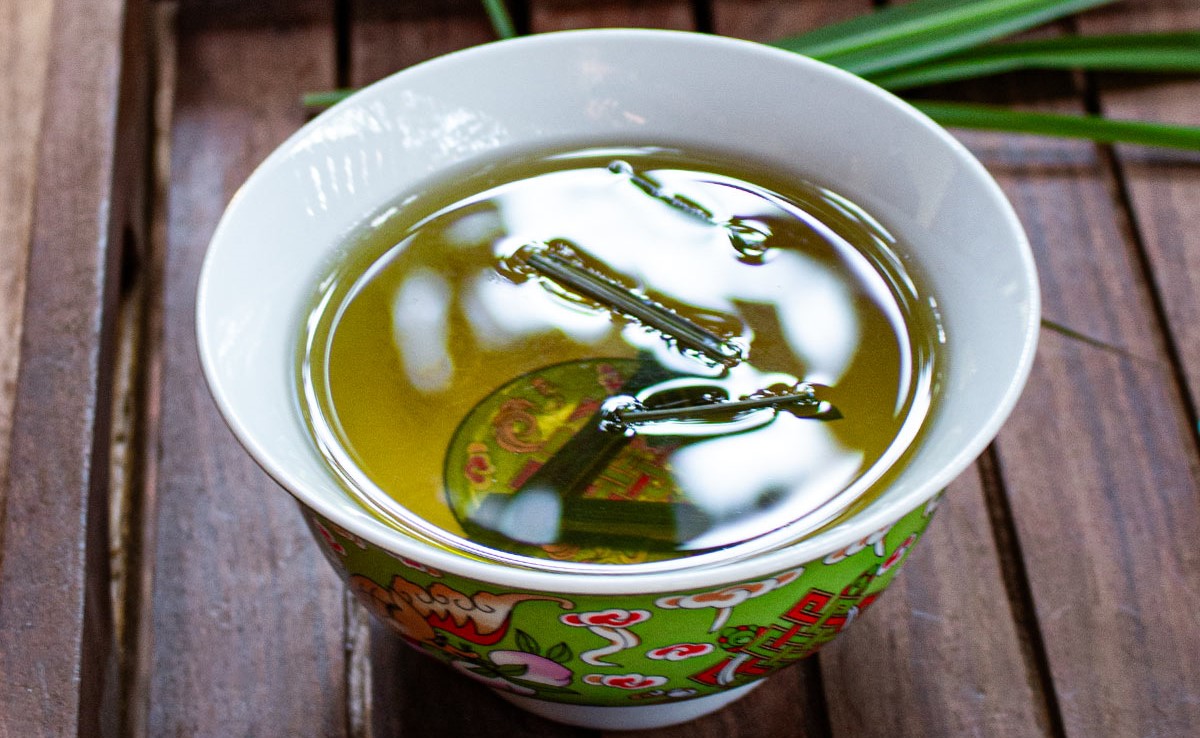
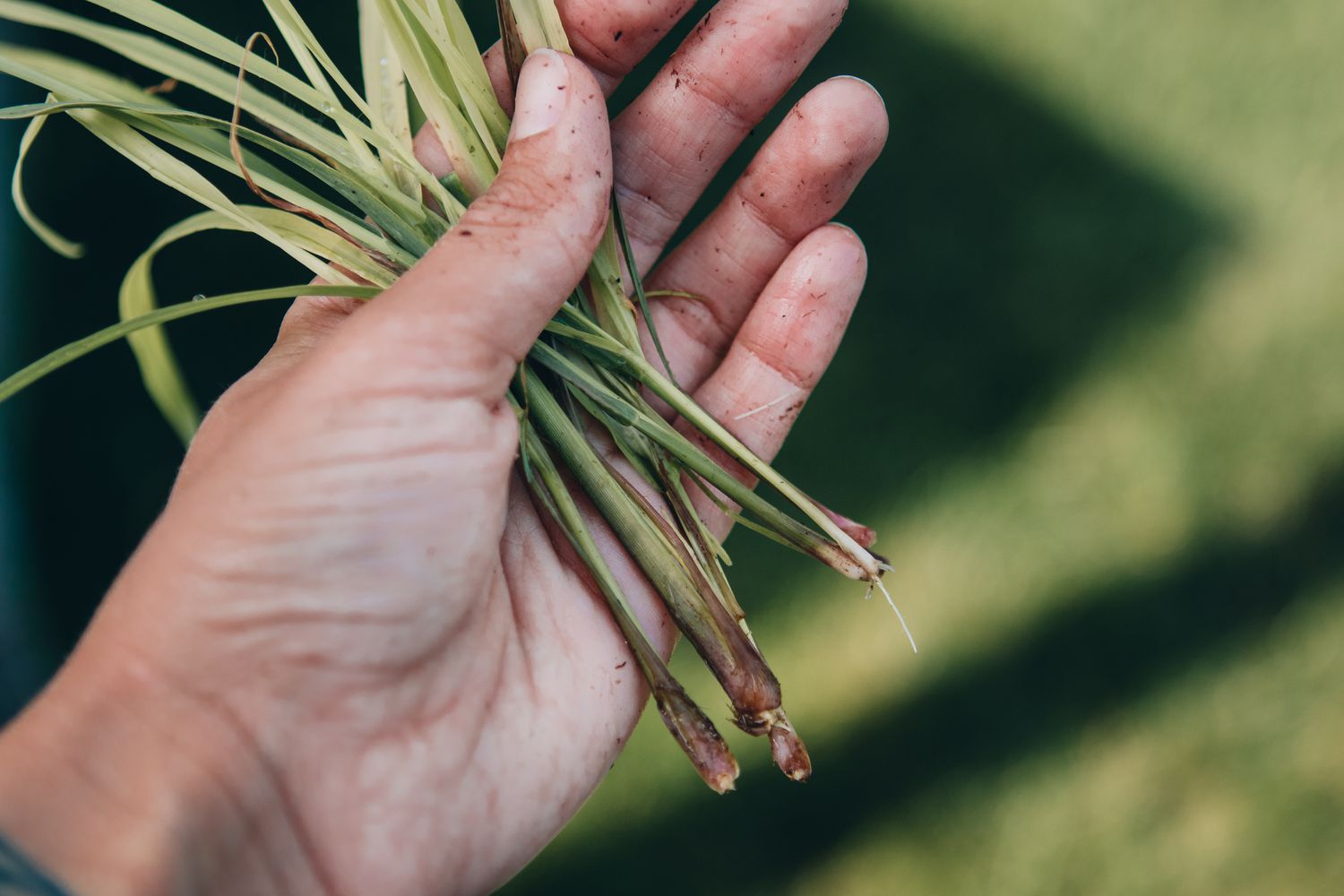
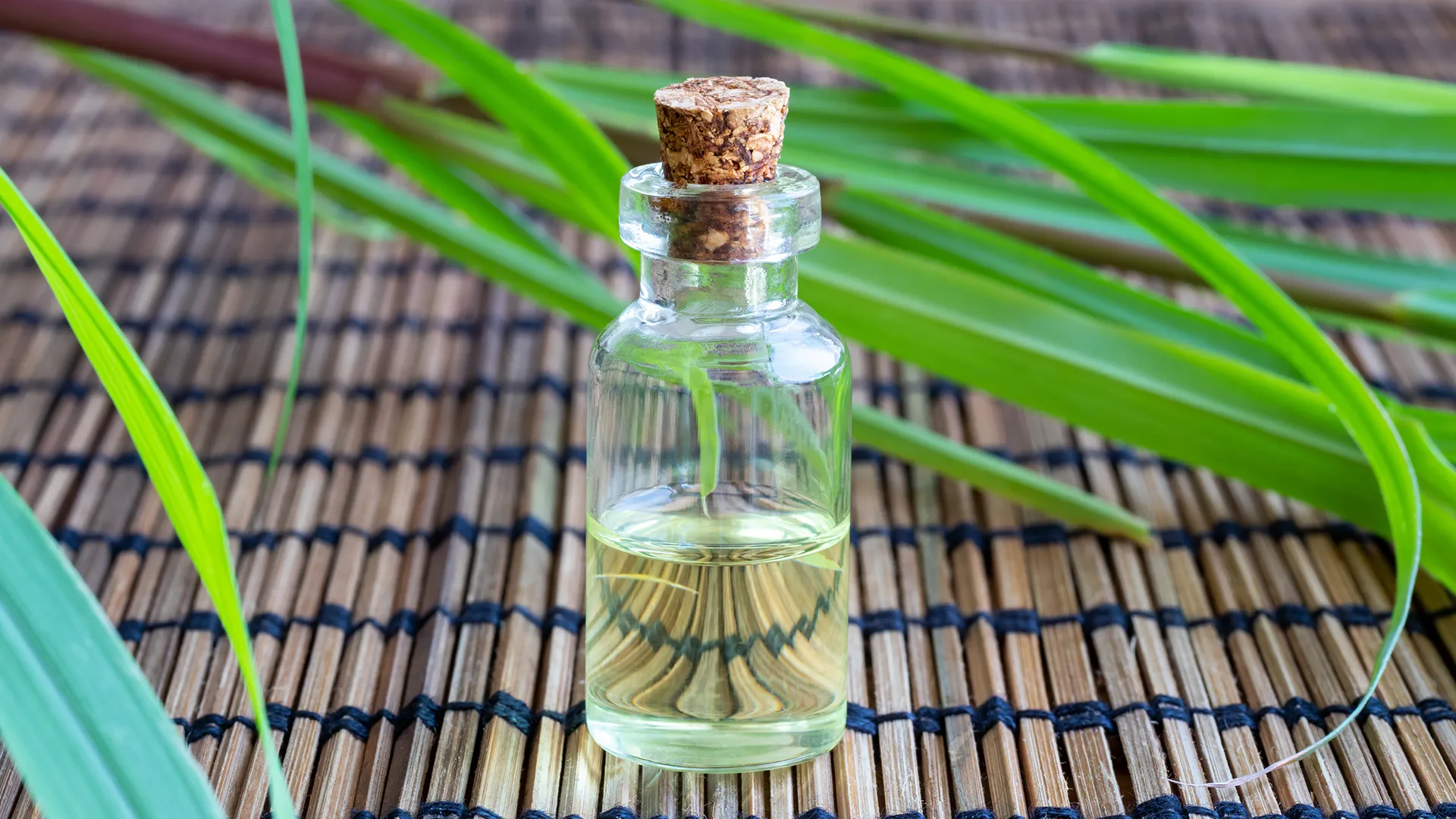


0 thoughts on “How To Use Fresh Lemongrass”